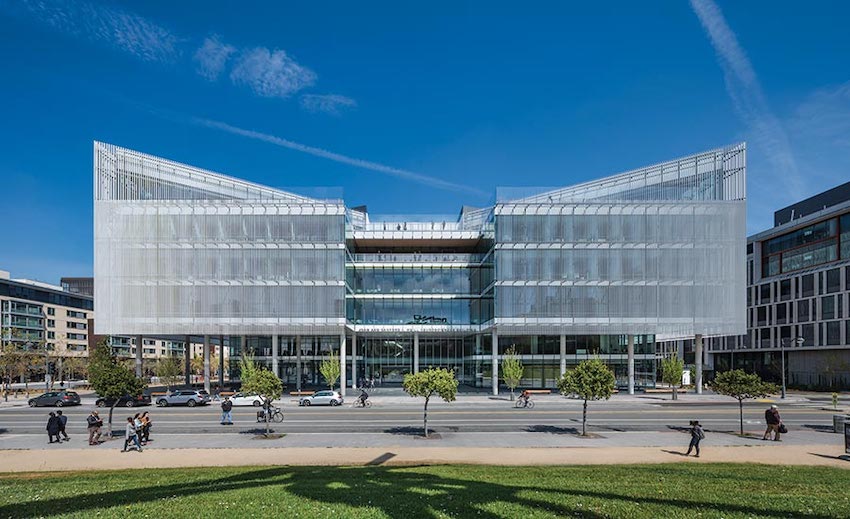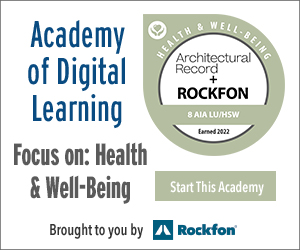Blueprint for Wellness: Building for Good Health
 1 AIA LU/HSW; 0.1 IACET CEU*; 1 AIBD P-CE; AAA 1 Structured Learning Hour; This course can be self-reported to the AANB, as per their CE Guidelines; AAPEI 1 Structured Learning Hour; This course can be self-reported to the AIBC, as per their CE Guidelines.; MAA 1 Structured Learning Hour; This course can be self-reported to the NLAA.; This course can be self-reported to the NSAA; NWTAA 1 Structured Learning Hour; OAA 1 Learning Hour; SAA 1 Hour of Core Learning
1 AIA LU/HSW; 0.1 IACET CEU*; 1 AIBD P-CE; AAA 1 Structured Learning Hour; This course can be self-reported to the AANB, as per their CE Guidelines; AAPEI 1 Structured Learning Hour; This course can be self-reported to the AIBC, as per their CE Guidelines.; MAA 1 Structured Learning Hour; This course can be self-reported to the NLAA.; This course can be self-reported to the NSAA; NWTAA 1 Structured Learning Hour; OAA 1 Learning Hour; SAA 1 Hour of Core Learning
Learning Objectives:
- Describe ways in which the Covid-19 pandemic has served to shape current healthy building practices and design trends.
- Discuss the aesthetic and performance goals that influenced the incorporation of health and wellness-centric design in several of the highlighted projects.
- Explain the environmental reasoning and potential health impacts of New York’s phase-out of fossil fuels in new construction.
- Discuss the use of daylighting, enhanced acoustics, and communal open spaces to support the health and well-being of occupants and visitors of the detailed projects, which include affordable multifamily housing spaces, a neurosciences building, and a college library.
This course is part of the Health and Well-Being Academy
This course is part of the The Health and Well-Being Academy
Below are a set of links to building type studies from Architectural Record, which are in-depth analyses of particular kinds of buildings, with photos, drawings, specifications, detailed descriptions, and design solutions. Additional articles provide further context for how health and wellness have become key considerations not only in design and construction but in our day-to-day lives.
The featured projects range from affordable multifamily housing facilities and college campus spaces to a LEED Gold library building that meets the Living Building Challenge and Fitwel criteria for a healthy environment. The approaches and sentiments highlighted underscore an emphasis on healthy living, whether a result of the pandemic or general societal trends and sensibilities. Additionally, this course will provide details surrounding a thought-provoking “health and design” exhibit at a major U.S. museum, and will place wellness squarely in the context of climate change as we examine new fossil fuel regulations for new construction. Click on each link below, read the article, then complete the quiz to earn your credit and certificate of completion.
Affordable Multifamily Housing Projects Adapt to Covid-19
James McCown
UCSF Joan & Sanford I. Weill Neurosciences Building by SmithGroup with Mark Cavagnero Associates
San Francisco
Clare Jacobson
MIT Hayden Memorial Library by Kennedy & Violich Architecture
Cambridge, Massachusetts
Suzanne Stephens
“Design and Healing" Exhibition at the Cooper Hewitt Offers Creative Responses to Epidemics
Gideon Fink Shapiro
New York Phases Out Fossil Fuels in New Construction
Joann Gonchar, FAIA

Photo © Tim Griffith
The main entrance of the UCSF Joan & Sanford I. Weill Neurosciences Building faces Koret Quad, across the street.







